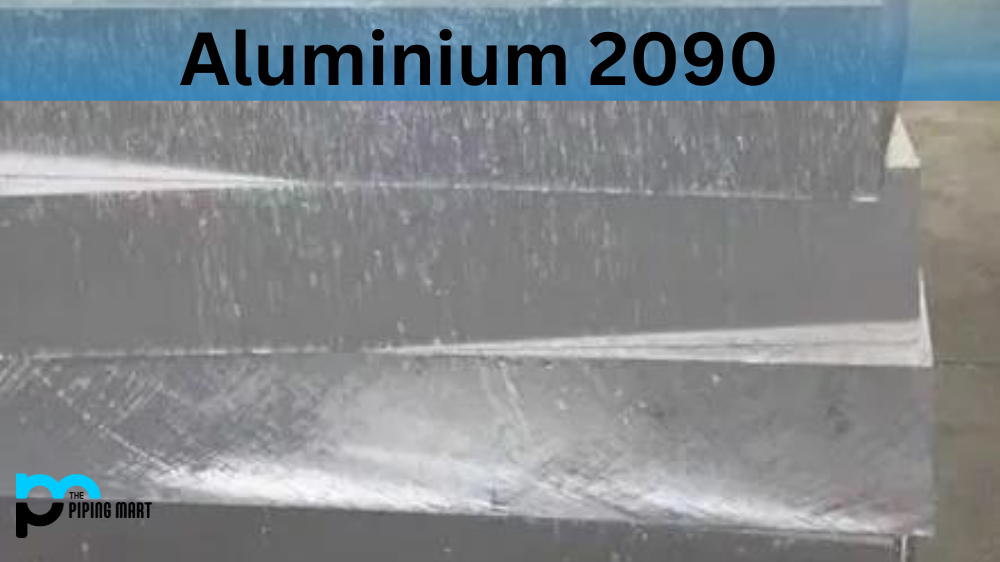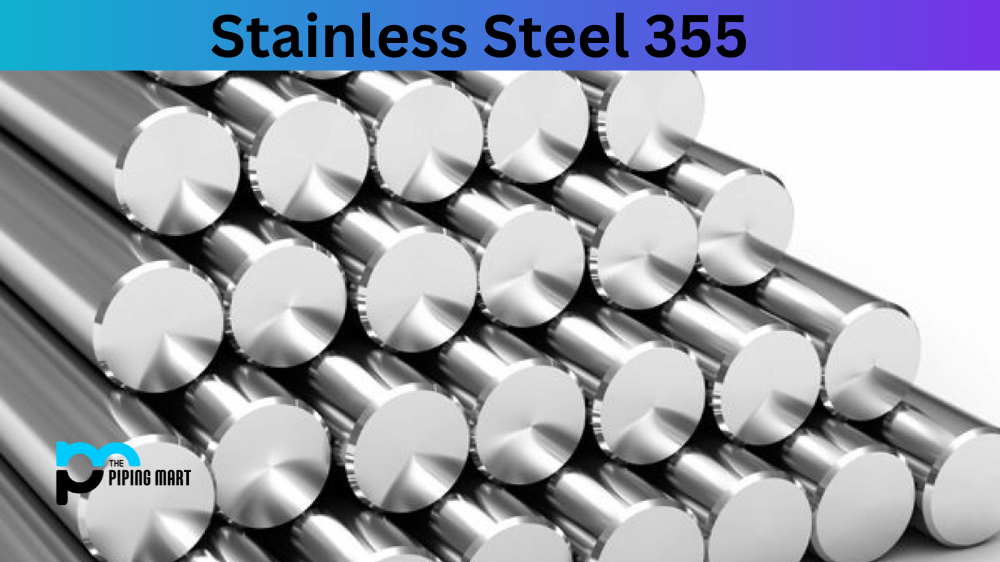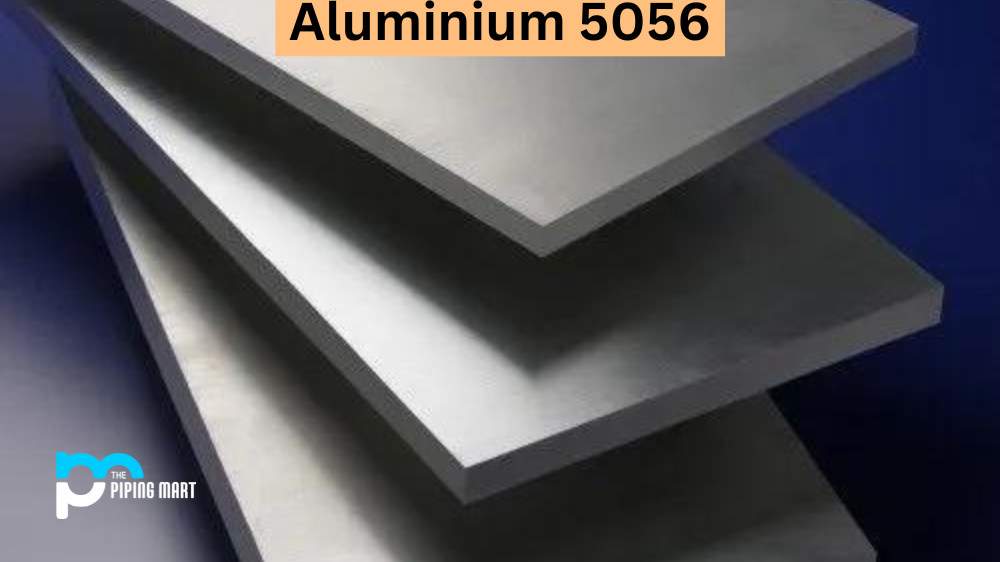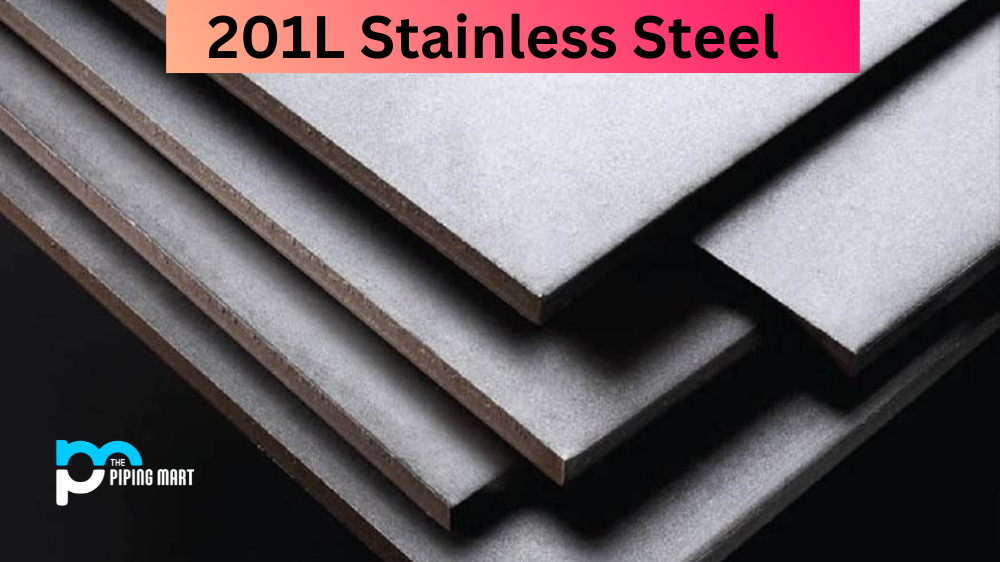UNS A92090 is an aluminum-based alloy that has a wide variety of uses. It is a heat-treatable and weldable alloy with excellent mechanical and physical properties, high corrosion resistance, and superior heat resistance. In this blog post, we will discuss the composition, chemical properties, mechanical properties, physical properties, uses, corrosion resistance, heat resistance, heat treatment, machining, and welding of Aluminium 2090.
Aluminium 2090 Composition
UNS A92090 is composed mainly of aluminum (94-97%), iron (1-2%) and silicon (2-3%). It also contains smaller amounts of manganese (0.1%), chromium (0.05%), and zinc (0.05%).
| Element | Content (%) |
|---|---|
| Aluminum, Al | 93.2 – 95.6 |
| Copper, Cu | 2.4 – 3 |
| Lithium, Li | 1.9 – 2.6 |
| Magnesium, Mg | ≤ 0.25 |
| Titanium, Ti | ≤ 0.15 |
| Iron, Fe | ≤ 0.12 |
| Zinc, Zn | ≤ 0.10 |
| Silicon, Si | ≤ 0.10 |
| Zirconium, Zr | 0.080 – 0.15 |
| Manganese, Mn | ≤ 0.050 |
| Chromium, Cr | ≤ 0.050 |
| Other (each) | ≤ 0.050 |
| Other (total) | ≤ 0.15 |
Aluminium 2090 Chemical Properties
The chemical properties of Aluminium 2090 are similar to those of other alloys in the 2000 series. It has good strength in both cold-worked and hot-worked conditions. It can be readily cast into any shape required and has very good ductility when annealed.
Aluminium 2090 Mechanical Properties
UNS A92090 has excellent mechanical properties such as high tensile strength (180 MPa), yield strength (130 MPa) and elongation (% in 2”) over 50%. It can withstand temperatures up to 500°C without losing its structural integrity.
| Properties | Metric | Imperial |
|---|---|---|
| Tensile strength (@diameter 12.7 mm/0.500 in) | 550 MPa | 79800 psi |
| Yield strength (@diameter 12.7 mm/0.500 in) | 520 MPa | 75400 psi |
| Elongation at break (@diameter 12.7 mm/0.500 in) | 6% | 6% |
| Poisson’s ratio | 0.34 | 0.34 |
| Elastic modulus | 76 GPa | 11000 ksi |
| Shear strength | 320 MPa | 46400 psi |
| Hardness, Brinell (@load 500 kg; thickness 10.0 mm) | 150 | 150 |
| Hardness, Knoop (converted from Brinell hardness value) | 191 | 191 |
| Hardness, Rockwell A (converted from Brinell hardness value) | 53.6 | 53.6 |
| Hardness, Rockwell B (converted from Brinell hardness value) | 87 | 87 |
| Hardness, Vickers (converted from Brinell hardness value) | 176 | 176 |
Aluminium 2090 Physical Properties
The physical properties of Aluminium 2090 include high malleability and ductility when cold or hot worked at temperatures below 500°C. Its density is also relatively low at 2.7 g/cm3, making it ideal for applications with weight, such as aerospace components or automotive parts, as a factor.
| Properties | Metric | Imperial |
|---|---|---|
| Density | 2.59 g/cm³ | 0.0936 lb/in³ |
| Melting point | 560 – 650°C | 1040 – 1200°F |
Aluminium 2090 Thermal Properties
| Properties | Metric | Imperial |
|---|---|---|
| Thermal expansion co-efficient (@20-100°C/68-212°F) | 23.6 µm/m°C | 13.1 µin/in°F |
| Thermal conductivity | 88 W/mK | 611 BTU in/hr.ft².°F |
Aluminium 2090 Uses
Due to its excellent mechanical properties and high corrosion resistance, Aluminium 2090 is widely used in various industries such as automotive manufacturing, aerospace engineering, medical equipment manufacturing and shipbuilding. Its light weight makes it an ideal choice for aircraft components, while its malleability makes it perfect for automotive parts such as wheels or engine blocks requiring intricate shapes.
Corrosion Resistance
Aluminium 2090 performs well in corrosive environments thanks to its natural oxide layer, which forms on the surface when exposed to air or water vapour. This thin layer helps protect the underlying metal from further oxidation or corrosion, which can occur when exposed to acidic substances or salt water for extended periods.
Heat Resistance
Aluminium 2090 has very good thermal stability up to 500°C making it suitable for use in applications where sustained elevated temperatures may be encountered, such as furnaces or kilns where temperatures may reach up to 1000°C on occasion but not continuously over long periods.
Heat Treatment
Heat treatments are common with aluminium alloys like 2090 due to their excellent mechanical properties when treated correctly at specific temperatures over certain timescales.
Machining
Aluminium 2090 is relatively easy to machine compared to other metals due to its softness and low melting point, making it easier to cut through than harder metals such as steel.
Welding
Aluminium alloy 2090 can be welded using either TIG or oxyacetylene welding processes. However, due to its higher melting point than standard aluminium alloys, special care must be taken during the welding process to ensure that the material does not become overheated, which could cause warping or distortion.
Conclusion
Aluminium alloy 2090 offers a unique combination of excellent mechanical, physical, and chemical properties along with superior corrosion resistance, heat treatment capabilities, machinability, and weldability making it suitable for a wide range of applications across many different industries. The lightweight nature combined with these characteristics makes this alloy an ideal material choice for many engineering projects. In short, if you need a lightweight yet strong material, look no further than aluminium alloy20 90.

A passionate metal industry expert and blogger. With over 5 years of experience in the field, Palak brings a wealth of knowledge and insight to her writing. Whether discussing the latest trends in the metal industry or sharing tips, she is dedicated to helping others succeed in the metal industry.




